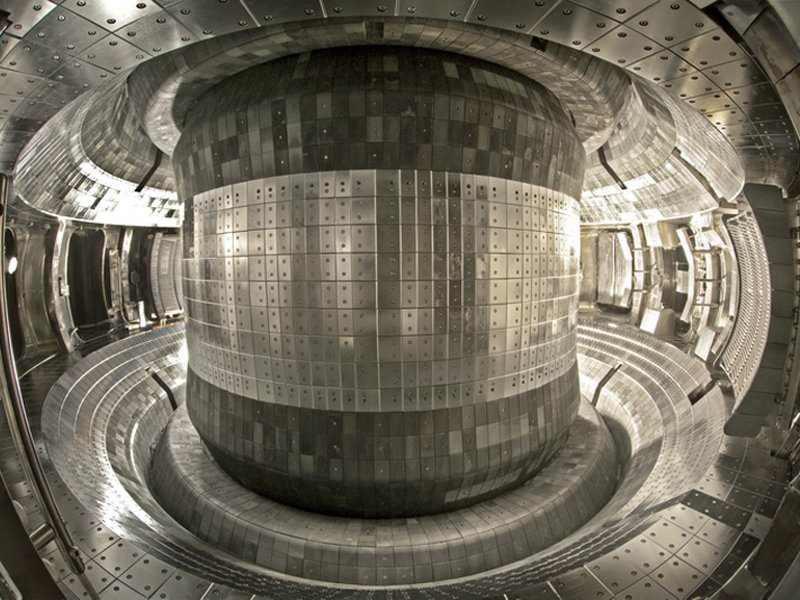Fusion power has long been considered to be the holy grail of alternative energy. Clean, abundant power, created through a self-sustaining process where atomic nuclei are fused at extremely high temperatures. Achieving this has been the goal of atomic researchers and physicists for over half a century, but progress has been slow. While the science behind fusion power is solid, the process has not exactly been practical.
In short, fusion can only be considered a viable form of power if the amount of energy used to initiate the reaction is less than the energy produced. Luckily, in recent years, a number of positive steps have been taken towards this goal. The latest comes from China, where researchers at the Experimental Advanced Superconducting Tokamak (EAST) recently report that they have achieved a fusion milestone.
Continue reading “Chinese Fusion Test Reportedly Reaches New Milestone”


